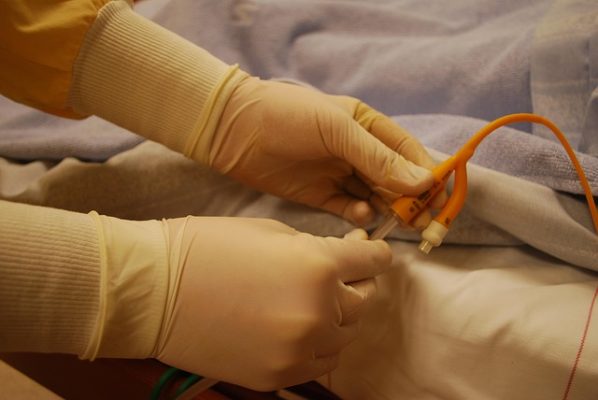Plaintiffs Bring Motion to Centralize Port Catheter Litigation
 When there are a number of different cases pending in various districts against common defendants and featuring common factual and legal issues, it may be appropriate for plaintiffs to seek to have the cases centralized in a single district. When cases are centralized in this way, pretrial proceedings and discovery can be streamlined. Centralization also prevents judges’ inconsistent rulings on various pretrial matters, particularly evidentiary challenges. Recently, the plaintiffs in 19 lawsuits moved to centralize the port catheter litigation in the Western District of Missouri. These are lawsuits brought against defendants AngioDynamics, Inc., Navilyst Medical Inc., and PFM Medical, Inc in connection with the port catheters they manufacture—these are medical devices used to obtain easy access to veins and administer long-term intravenous treatments like chemotherapy. Patients have reported serious injuries believed to be the result of the devices. Many product liability lawsuits have been filed against the manufacturers.
When there are a number of different cases pending in various districts against common defendants and featuring common factual and legal issues, it may be appropriate for plaintiffs to seek to have the cases centralized in a single district. When cases are centralized in this way, pretrial proceedings and discovery can be streamlined. Centralization also prevents judges’ inconsistent rulings on various pretrial matters, particularly evidentiary challenges. Recently, the plaintiffs in 19 lawsuits moved to centralize the port catheter litigation in the Western District of Missouri. These are lawsuits brought against defendants AngioDynamics, Inc., Navilyst Medical Inc., and PFM Medical, Inc in connection with the port catheters they manufacture—these are medical devices used to obtain easy access to veins and administer long-term intravenous treatments like chemotherapy. Patients have reported serious injuries believed to be the result of the devices. Many product liability lawsuits have been filed against the manufacturers.
Call Moll Law Group About Your Port Catheter Products Claim
The port catheter litigation involves 23 pending lawsuits in 16 districts. There are 33 possible tag-along actions. Defendants AngioDynamics, Inc. and Navilyst Medical Inc. opposed centralization in Missouri. Alternatively, they suggested centralizing the actions in the Northern District of New York, the Southern District of California, or the Middle District of Alabama. Likewise, defendant PFM Medical, Inc., opposed the plaintiffs’ motion and suggested centralization in the Southern District of California and didn’t object to centralization in the Northern District of New York.
The United States Judicial Panel found that the lawsuits involved common factual questions and that centralizing the matters in the Southern District of California would serve the parties’ and witness’ convenience and promote just and efficient conduct in the lawsuits.
The panel reasoned that the lawsuits would share those questions of facts arising from claims that the defendants manufacture the catheter part of the port devices with too high a concentration of barium sulfate, and that this can trigger pitting and cracking in the catheter surface and degradation of the material. Due to these conditions, the catheters tend to fracture and gather certain blood products that can wind up causing the patient injuries such as infections, blood clots, and perforations. The lawsuits also share factual questions related to the development, design, marketing, sale, and manufacturing of the port catheter devices.
The defendants argued that unique factual issues would predominate over the common factual issues in the cases, pointing to different FDA-clearance submissions and a range of injuries. In their decision, the panel responded that the statute that allows centralization doesn’t include a requirement that common questions predominate over individual ones, though predominance is a factor that may be considered. Rather the statute specifies that if the lawsuits involve one or more common factual questions, they can be transferred to a district for consolidate or coordinated pretrial proceedings.
In this case, the judicial panel reasoned, it wasn’t convinced that informal coordination, suggested by the defendants, would be possible, given the large number of cases and districts. The Southern District of California was chosen because five lawsuits were pending there and one of the defendants is headquartered there.
If you or a loved one were harmed by port catheter products, call the seasoned Chicago-based product liability attorneys of Moll Law Group to talk about your legal options. For a free consultation, please complete our online form or call us at 312.462.1700.
 Illinois Injury and Mass Tort Lawyer Blog
Illinois Injury and Mass Tort Lawyer Blog

